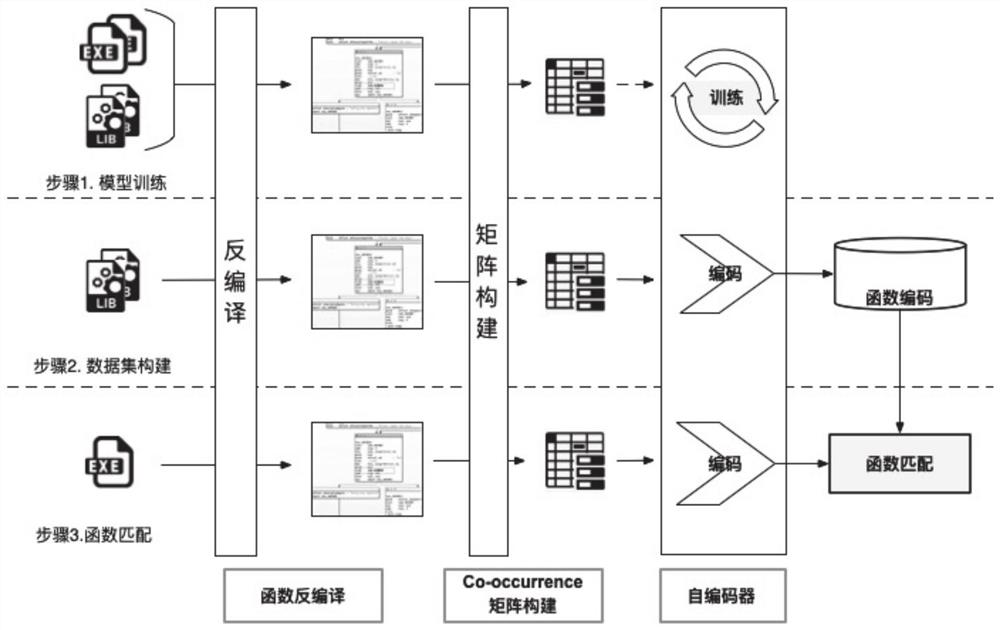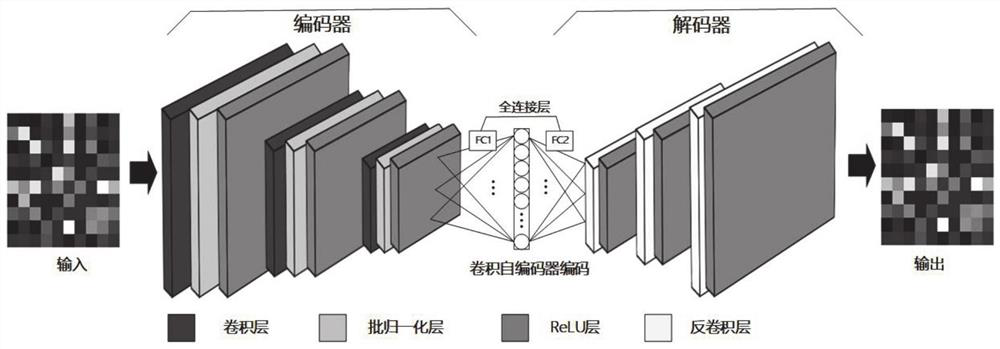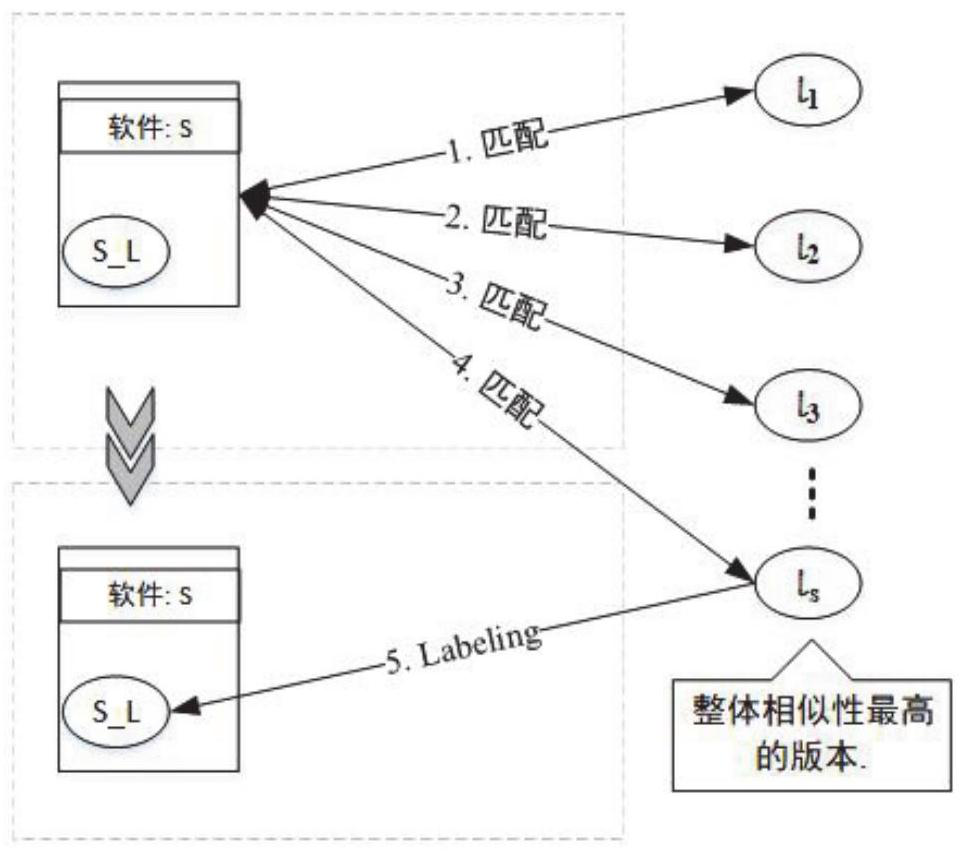Library function identification and detection method and system based on convolutional autoencoder
A convolutional self-encoding and detection method technology, which is applied in the field of library function recognition and detection based on convolutional self-encoders, can solve the problems of graph structure recognition method failure, large version span, low accuracy rate, etc., to reduce time and space complexity Accuracy, low time complexity, and high accuracy
- Summary
- Abstract
- Description
- Claims
- Application Information
AI Technical Summary
Problems solved by technology
Method used
Image
Examples
Embodiment 1
[0047] This embodiment discloses a library function identification and detection method based on a convolutional autoencoder, and the specific steps are:
[0048] Step 1: Randomly collect various versions and types of software files on the open platform to form a data set.
[0049] Step 2: Divide the collected data set composed of various binary files into training set, verification set and test set:
[0050] In the present invention, the dataset needs to be split. Divide the dataset into three disjoint subsets: training set, validation set, and test set. They are used for training, validation and testing, respectively, to evaluate the generalization ability of the trained model on unknown binaries. During training, a validation set is used to determine some hyperparameters.
[0051] Step 3: Count the continuous sequence of two opcodes (ie bi-grams of opcodes) to construct a co-occurrence matrix for each function, which is used as input to train the CAE model.
[0052] 3.1...
Embodiment 2
[0084] The purpose of this embodiment is to provide a computing device, including a memory, a processor, and a computer program stored in the memory and operable on the processor, and the processor implements the steps of the above method when executing the program.
Embodiment 3
[0086] The purpose of this embodiment is to provide a computer-readable storage medium.
[0087] A computer-readable storage medium, on which a computer program is stored, and when the program is executed by a processor, the steps of the above-mentioned method are executed.
PUM
 Login to View More
Login to View More Abstract
Description
Claims
Application Information
 Login to View More
Login to View More - Generate Ideas
- Intellectual Property
- Life Sciences
- Materials
- Tech Scout
- Unparalleled Data Quality
- Higher Quality Content
- 60% Fewer Hallucinations
Browse by: Latest US Patents, China's latest patents, Technical Efficacy Thesaurus, Application Domain, Technology Topic, Popular Technical Reports.
© 2025 PatSnap. All rights reserved.Legal|Privacy policy|Modern Slavery Act Transparency Statement|Sitemap|About US| Contact US: help@patsnap.com



